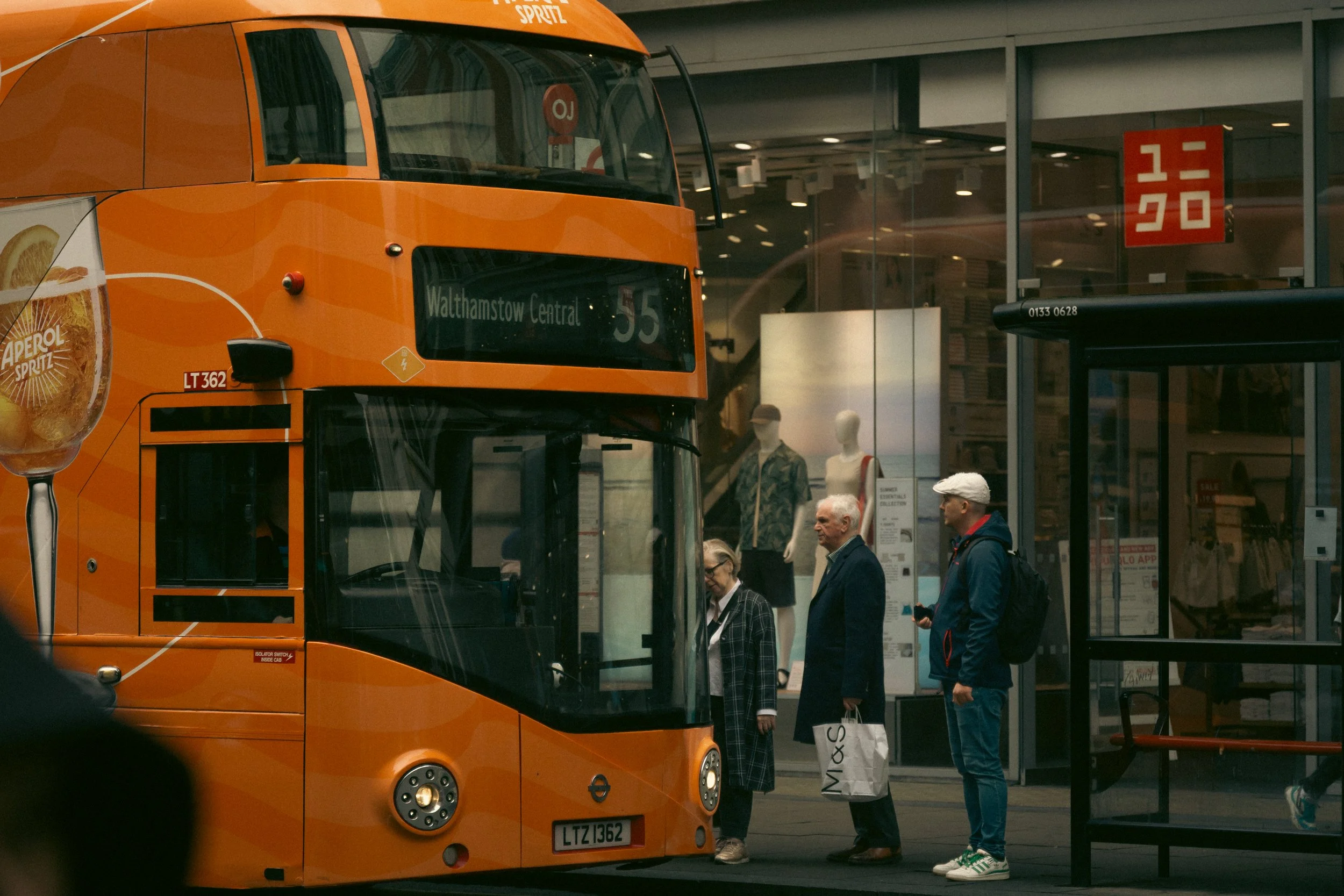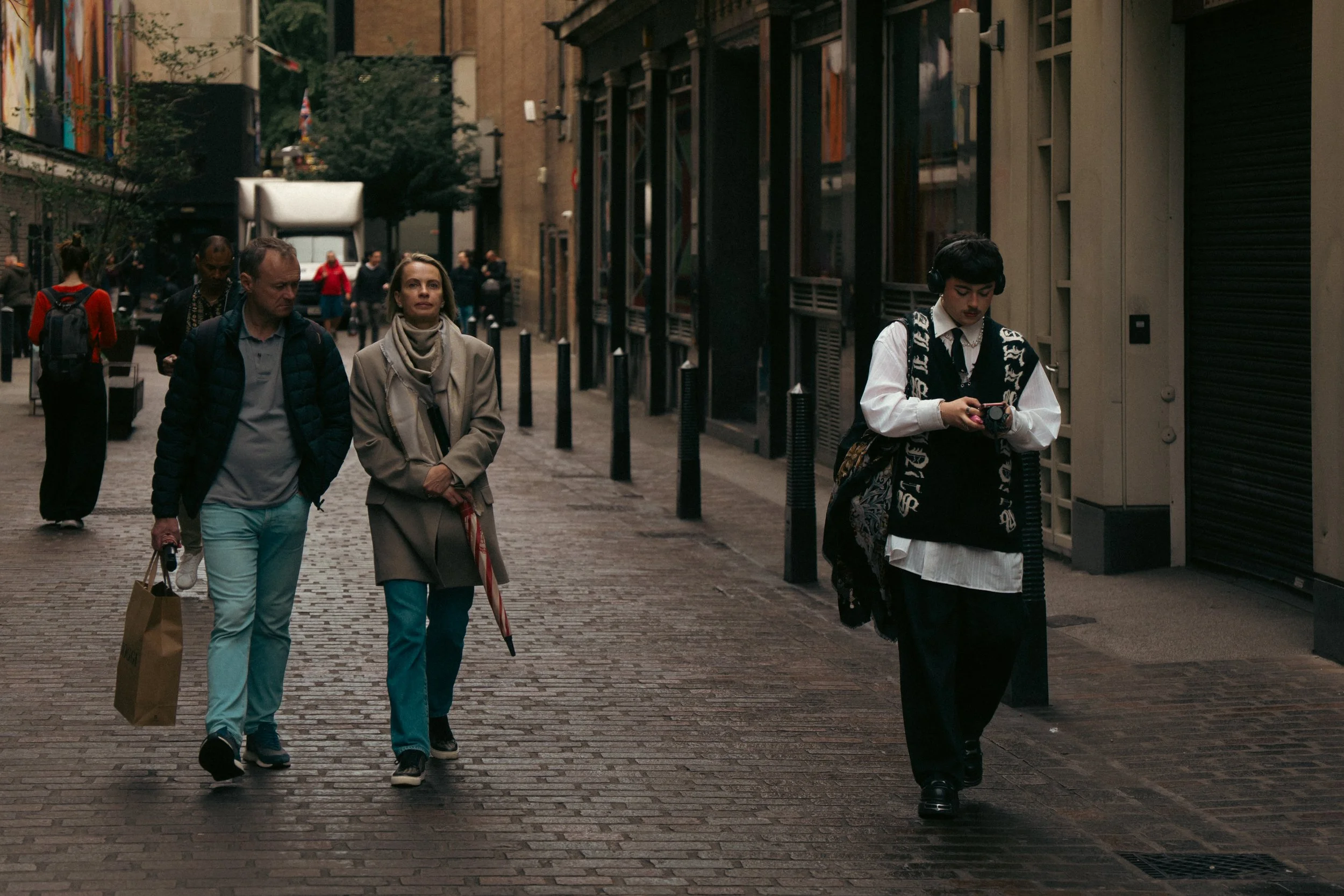I’ve spent years walking through cities with a camera in my hand, chasing not the landmarks or the postcard views, but the pauses in between. Urban Fragments is my diary of those moments: the glances, gestures, and fleeting alignments that most people pass by without noticing.
Florin Preda
“The big scenes are easy to admire, but it’s the small, unplanned moments that stay with me. Urban Fragments is my way of holding on to them, before they disappear.”
I have always been drawn to the in-between moments: the way a couple sits quietly together, how a stranger’s small gesture can change the atmosphere of a whole street, or how light falls in a place you’ve walked past a hundred times without looking. Cities speak in fragments, and it is in these fragments that I find the most honesty.
The work came together over walks in London, Paris, Lisbon, and Rotterdam, taken between late 2024 and early 2025. Some days I carried my mirrorless camera, other days just my phone. The difference in equipment didn’t matter; the approach was the same. I walked slowly, watching for alignments that felt right, for the rhythm of movement and stillness playing together. Sometimes I’d see a composition before the subject entered it. Other times, the subject appeared first and the rest fell into place.
I gravitate toward moments where public and private life overlap: a quiet pair sitting against the backdrop of an election notice; a man descending stairs while others rest under an explosion of colour; the silent connection of strangers waiting at a bus stop.
I’m fascinated by how small gestures like a bright yellow umbrella on a dry day, the mid-sentence movement of an artist speaking to a buyer can shift an entire scene. They’re not staged, not prepared, just found and held in a fraction of a second.
My process is simple: keep the shutter speed quick enough to hold motion, let ISO adjust, and expose for the shadows and skin tones rather than the brightest parts of the frame. I try not to overthink in the moment, the real work happens in seeing, not in the settings.
In editing, I keep the colours warm, the contrast cinematic but gentle, with a little texture in the image. I want the photographs to feel lived in, not polished away.
Choosing what to hang on the walls was almost harder than making the images. I started with a larger set, then cut it down to those that carried a clear gesture or mood.
I wanted the sequence to feel like a walk, beginning in quieter, interior spaces, moving out into the streets, and finally arriving at moments of human exchange. In the café, I loved seeing people notice the work in between sips of coffee, or lean closer to a print mid-conversation. That’s exactly how I want the images to live, alongside everyday life, not apart from it.
Urban Fragments is, at its core, about presence. It’s about slowing down enough to catch the small truths that make cities human. The show at Etcetera was just the first chapter.
The walk continues.
Discover the rest of the exhibition below.








